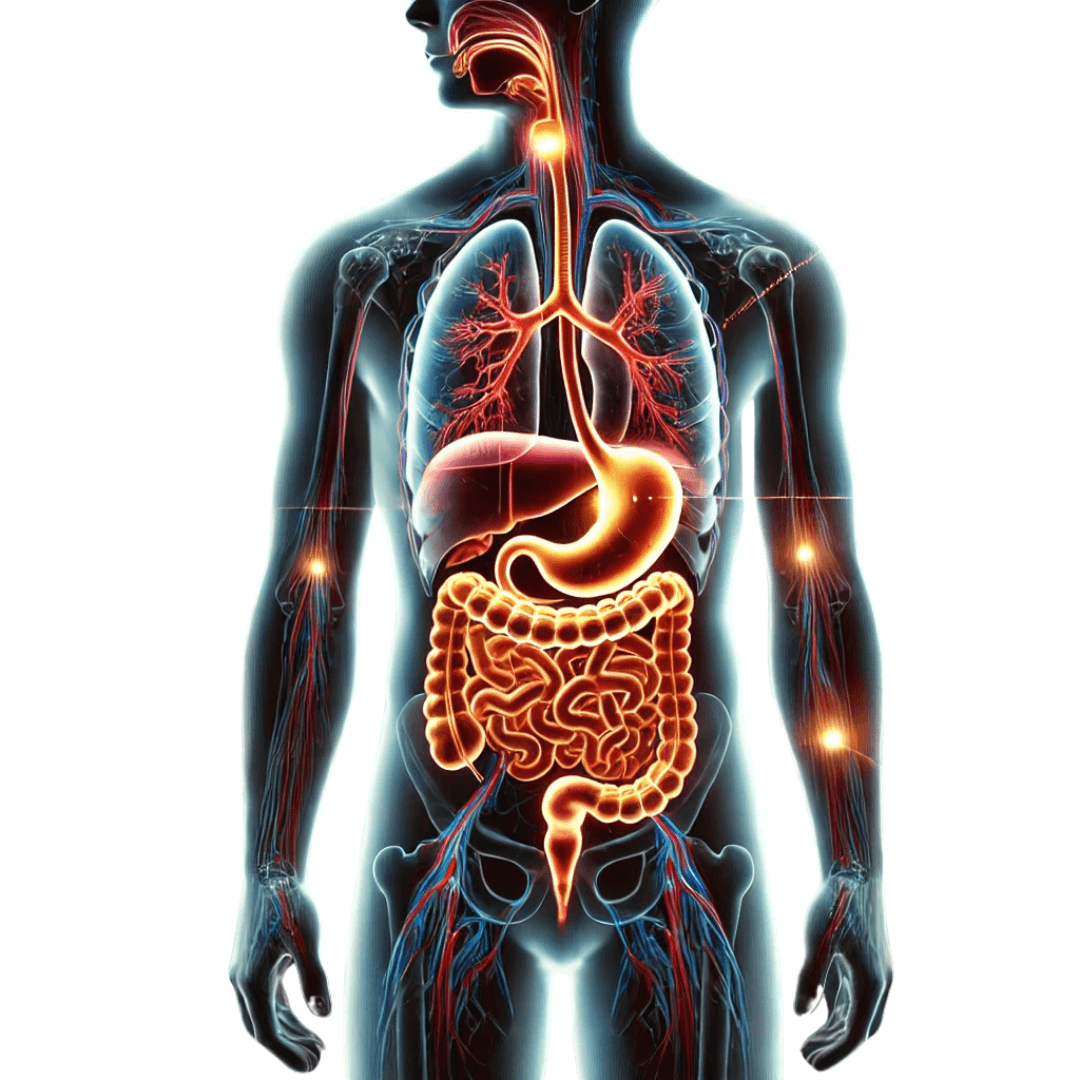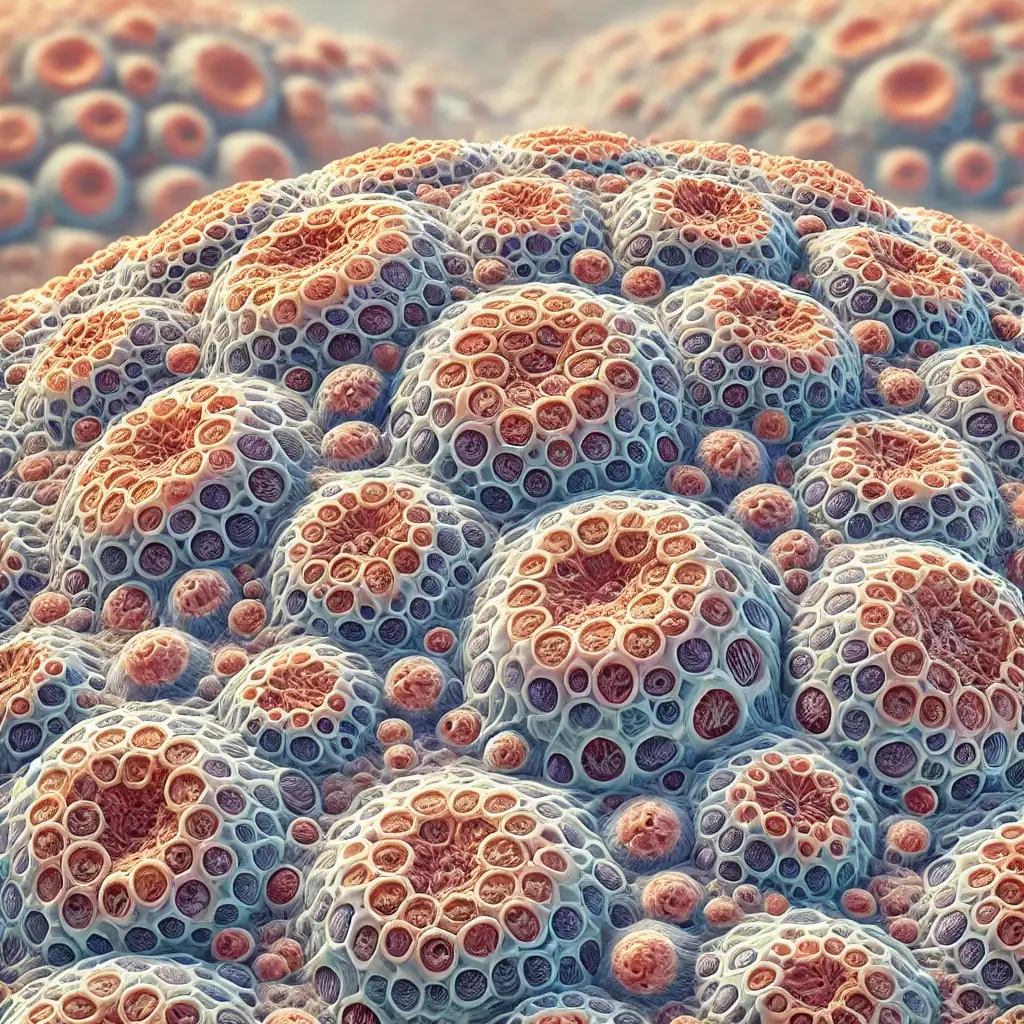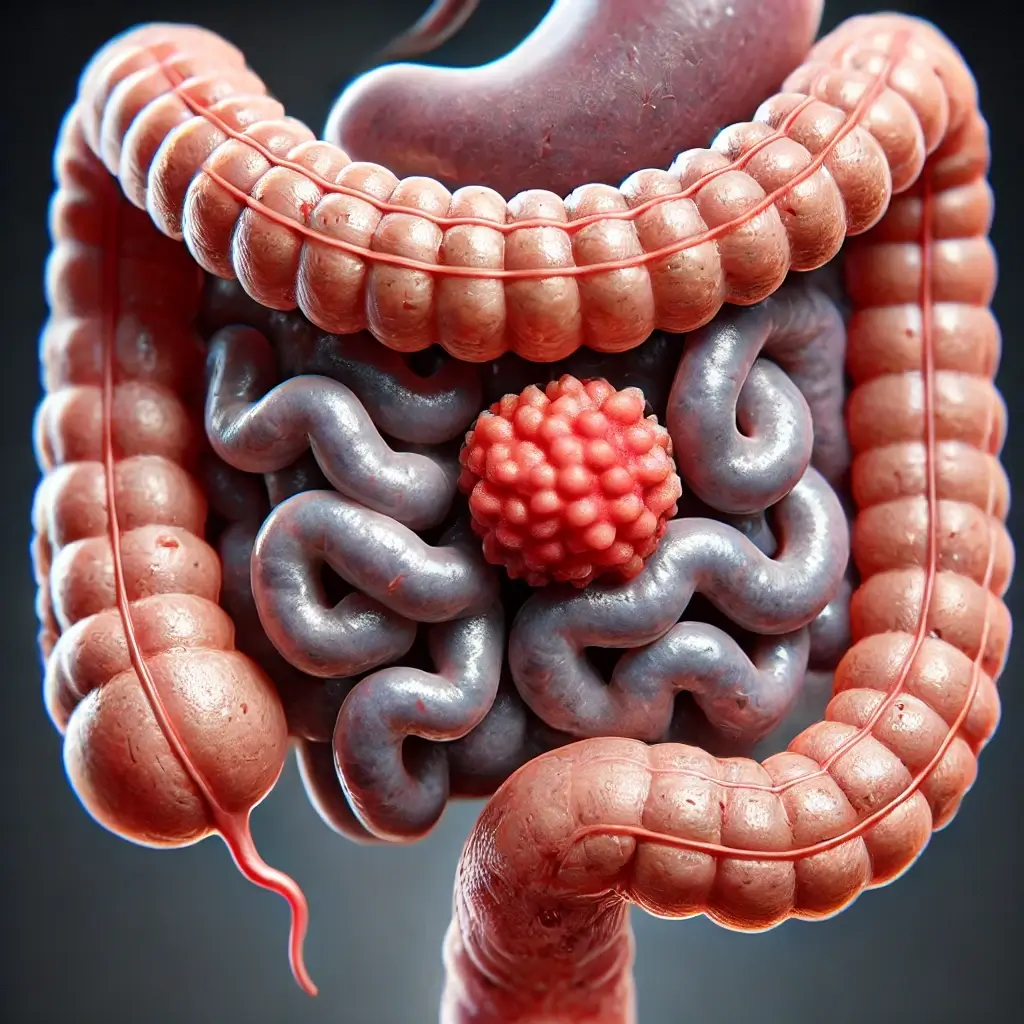Book Appointment Now
Understanding Carcinoid Tumor

Carcinoid Tumor Guide
Introduction
Carcinoid tumors are a type of slow-growing cancer that typically forms in the neuroendocrine cells found throughout the body. These cells are responsible for releasing hormones that help regulate body functions like digestion and breathing. Carcinoid tumors are most often found in the digestive system (such as the stomach, intestines, and appendix) or in the lungs. Understanding these tumors is important because they can sometimes release substances that lead to symptoms like flushing or diarrhea, and they may not be diagnosed until later stages when they have spread to other parts of the body. Advances in treatment are making it easier for patients to manage these tumors and improve their quality of life.
Statistical Overview
Carcinoid tumors are relatively rare, but their incidence has been on the rise over the past few decades. It is estimated that about 1 in every 100,000 people will be diagnosed with a carcinoid tumor each year. This cancer is more common in adults, with most cases being diagnosed in people between the ages of 50 and 70. The survival rate for patients with carcinoid tumors varies based on the tumor’s location and stage at diagnosis. For example, the 5-year survival rate for localized carcinoid tumors can be as high as 90%, while it is lower for cases that have spread.
Medical Illustrations
Microscopic view of cells from a Carcinoid Tumor:

Medical illustration of a Carcinoid Tumor depicted as minuscule:

Risk Factors and Prevention
a. Known Risk Factors
Carcinoid tumors are thought to develop due to a combination of genetic and environmental factors. Some of the known risk factors include:
- Family History: A family history of multiple endocrine neoplasia type 1 (MEN1) or other genetic conditions can increase the risk of developing carcinoid tumors.
- Age: Most people diagnosed with carcinoid tumors are over 50 years old.
- Gender: Women are slightly more likely to develop gastrointestinal carcinoid tumors, while lung carcinoid tumors are equally common in men and women.
- Lifestyle Factors: Smoking has been linked to an increased risk of carcinoid tumors in the lungs.
b. Prevention:
While there is no guaranteed way to prevent carcinoid tumors, there are a few steps people can take to reduce their risk:
- Quit Smoking: For lung carcinoid tumors, avoiding or quitting smoking is one of the most effective ways to lower risk.
- Healthy Diet: Eating a well-balanced diet rich in fruits, vegetables and fiber can support overall health, although specific links to carcinoid tumor prevention remain unclear.
- Screening for High-Risk Individuals: If you have a family history of endocrine tumors, talk to your doctor about potential screening options.
Screening
Screening for carcinoid tumors is not common unless an individual is at higher risk due to family history. Diagnosis typically begins with a thorough physical exam, followed by imaging tests such as CT scans, MRI, or ultrasound to locate the tumor. Blood and urine tests may be used to detect hormone levels that suggest a carcinoid tumor. Once a tumor is suspected, a biopsy (removal of a small tissue sample) will confirm the diagnosis.
Symptoms and Signs
Symptoms of carcinoid tumors can vary depending on their location and whether they are releasing hormones. Here are some common symptoms:
- Digestive System Tumors: Symptoms may include abdominal pain, diarrhea, rectal bleeding, and in some cases, unexplained weight loss.
- Lung Tumors: Symptoms may include a persistent cough, wheezing, shortness of breath, or chest pain.
- Carcinoid Syndrome: This occurs when the tumor releases hormone-like substances into the bloodstream, leading to symptoms such as facial flushing, diarrhea, heart palpitations and wheezing.
It is important to see a healthcare provider if these symptoms persist, as early detection can lead to more effective treatment.
Diagnosis
Stages
Types of Treatment
Overview of Treatment Modalities
- Surgery: Surgery is often the primary treatment, especially if the tumor is localized and can be completely removed. Outcomes are generally good when the tumor is caught early.
- Radiation Therapy: This approach uses high-energy rays to kill cancer cells. It may be used for tumors that cannot be surgically removed or to help manage symptoms.
- Chemotherapy: This involves the use of drugs to kill cancer cells and is usually reserved for more advanced cases.
- Targeted Therapy: Targeted therapies use drugs to attack specific molecules involved in tumor growth. These treatments tend to have fewer side effects compared to chemotherapy.
- Somatostatin Analogues: These medications help control symptoms related to hormone production in carcinoid syndrome.
Comparing Treatments
| Treatment | Mechanism | Side Effects | Efficacy (Survival Rate) | Study/Trial |
|---|---|---|---|---|
| Surgery | Removes the tumor | Pain, infection | 70-90% for localized cases | Johnson et al., 2021 |
| Chemotherapy | Inhibits cell division | Hair loss, nausea | 50% for advanced cases | Smith et al., 2022 |
| Targeted Therapy | Attacks cancer cells directly | Fatigue, rash | 65% 5-year survival rate | Doe et al., 2023 |
Living with Cancer
Living with a carcinoid tumor can be challenging, but there are steps patients can take to manage symptoms and improve quality of life:
- Nutrition: Eating a balanced diet can help manage symptoms like diarrhea. Consulting a nutritionist can be helpful.
- Exercise: Gentle, regular exercise such as walking or yoga can boost energy levels and improve mood.
- Mental Health: Being diagnosed with cancer can lead to anxiety and depression. Seeking support from a mental health professional or joining a support group can provide emotional relief.
Additional Resources
These organizations offer valuable information, support networks, and updates on the latest research and treatments.
Key Takeaways
- Carcinoid tumors are rare, slow-growing cancers that usually start in the digestive tract or lungs.
- Early symptoms may include abdominal pain, persistent cough, or carcinoid syndrome symptoms like flushing and diarrhea.
- Surgery is the most effective treatment, particularly for early-stage tumors.
- Lifestyle changes, such as quitting smoking and eating a balanced diet, can help reduce the risk.
If you have any further questions or need more details, feel free to reach out for more information.
Final Recommendations
- Early Detection: If you have a family history of endocrine tumors, discuss screening options with your doctor.
- Lifestyle Changes: Quit smoking and eat a balanced diet to reduce the overall risk of cancer.
- Symptom Monitoring: Be aware of persistent symptoms like coughing, abdominal pain, or flushing, and seek medical attention if these occur.
Disclaimer
The information provided in this article is intended for general informational purposes only and should not be construed as medical advice. While every effort has been made to ensure the accuracy of the information presented, it is not a substitute for professional medical guidance, diagnosis, or treatment. Always consult a qualified healthcare provider with any questions you may have regarding a medical condition, including Carcinoid Tumor. Do not disregard or delay seeking professional medical advice based on information found in this article. The authors and publishers are not responsible for any consequences resulting from the use of the information provided.
